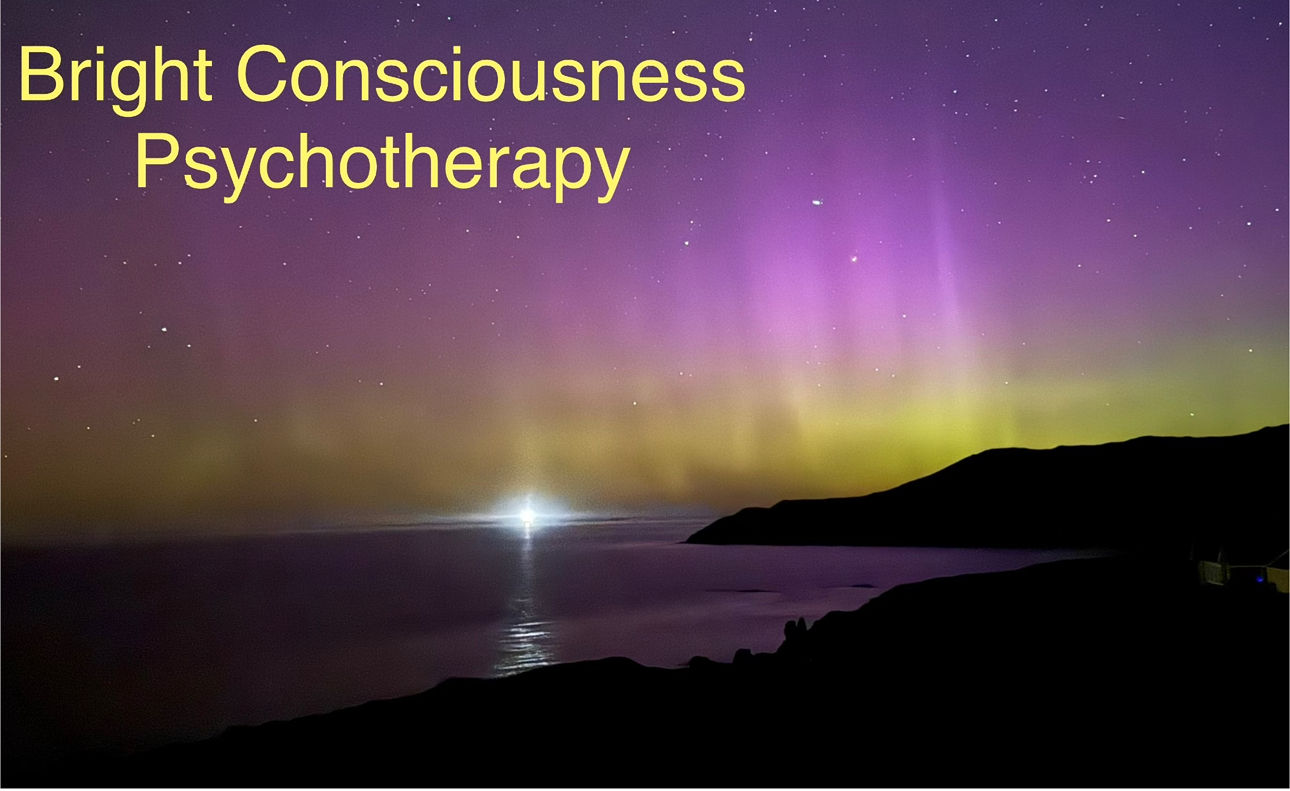
The Felt Sense Is Not the Enemy — Why your body’s messages are not a symptom to be fixed—but a voice to be heard
- brightconsciousnes
- May 30
- 2 min read
Lately, I’ve seen a lot of posts—and marketing campaigns—that frame the body as the problem.
They describe anxiety as a nervous system “malfunction.” They pathologise the first flicker of sensation—a flutter in the chest, a moment of dizziness, a drop in the stomach—as something dangerous. Something to override. Something to retrain or “rewire.” Something to be got rid of.
And they do all this while selling you a solution.
Let me offer another perspective—one rooted in compassion, neuroscience, and decades of deep therapeutic work:
The body is not the problem. The felt sense is not the enemy. You are not broken.
The subtle sensations you feel before a thought forms—those are not false alarms. They are real communications. The body has its own language, and it speaks in sensation, image, tone, posture, gesture, emotion. These messages are not here to harm you. They’re here to help you—to signal something that needs attention, care, or presence.
In Focusing-Oriented Therapy, we honour the felt sense. We turn toward it—not to silence or override it, but to listen. To attune. To create a relationship with what’s inside, even when it’s hard.
Because what if the flutter in your chest isn’t a symptom of a broken system, but a call for compassion?
What if the spiral of fear is your nervous system saying: “Please, stay with me. I need you to hear this.”
What if the healing isn’t in stopping the sensation—but in learning how to be with it, gently, respectfully, in a way that builds trust?
The brain’s right hemisphere is deeply connected to the body and is responsible for processing emotion, sensation, and implicit memory. Unlike the left hemisphere, it doesn’t use words—it communicates through the body, through tightening in the chest, a sinking feeling in the belly, or a sudden constriction in the throat.
These sensations are not random; they are forms of meaning, carrying the emotional residue of experiences that have not yet been fully processed. In this way, the body becomes the messenger of unhealed trauma, asking—sometimes quietly, sometimes urgently—to be heard, understood, and integrated.
This is not about fixing your body. It’s about remembering how to be in relationship with it.
You don’t need to rewire yourself into numbness or silence. You need—and deserve—spaces where your experience is welcomed, not pathologised.
This is the work I do. I’m passionate about helping as many people understand this important information as I possibly can.
And I’m deeply committed to being an advocate for the felt sense.
And it’s the work so many Focusing practitioners, somatic therapists, and body-oriented clinicians are doing every day. Quietly, slowly, respectfully—walking with people as they return to their bodies. As they reclaim a sense of safety that doesn’t come from pushing away the fear, but from staying with it, long enough for it to tell its story.
The felt sense is not a glitch. It’s a guide.
And if you’d like to learn how to listen to your body—not as a threat, but as a wise companion—you’re not alone. We are here. And the work is waiting.



Comments